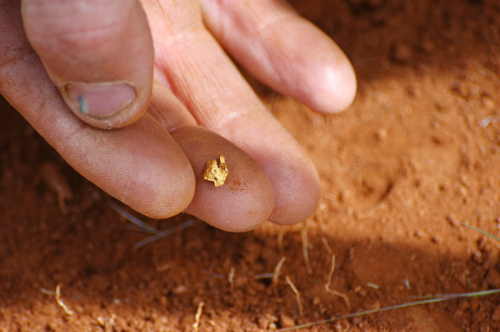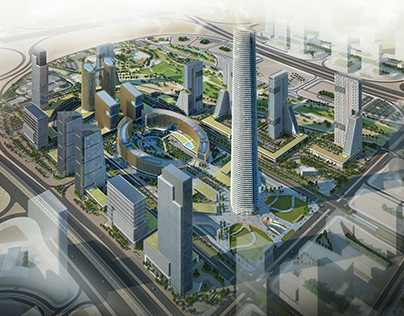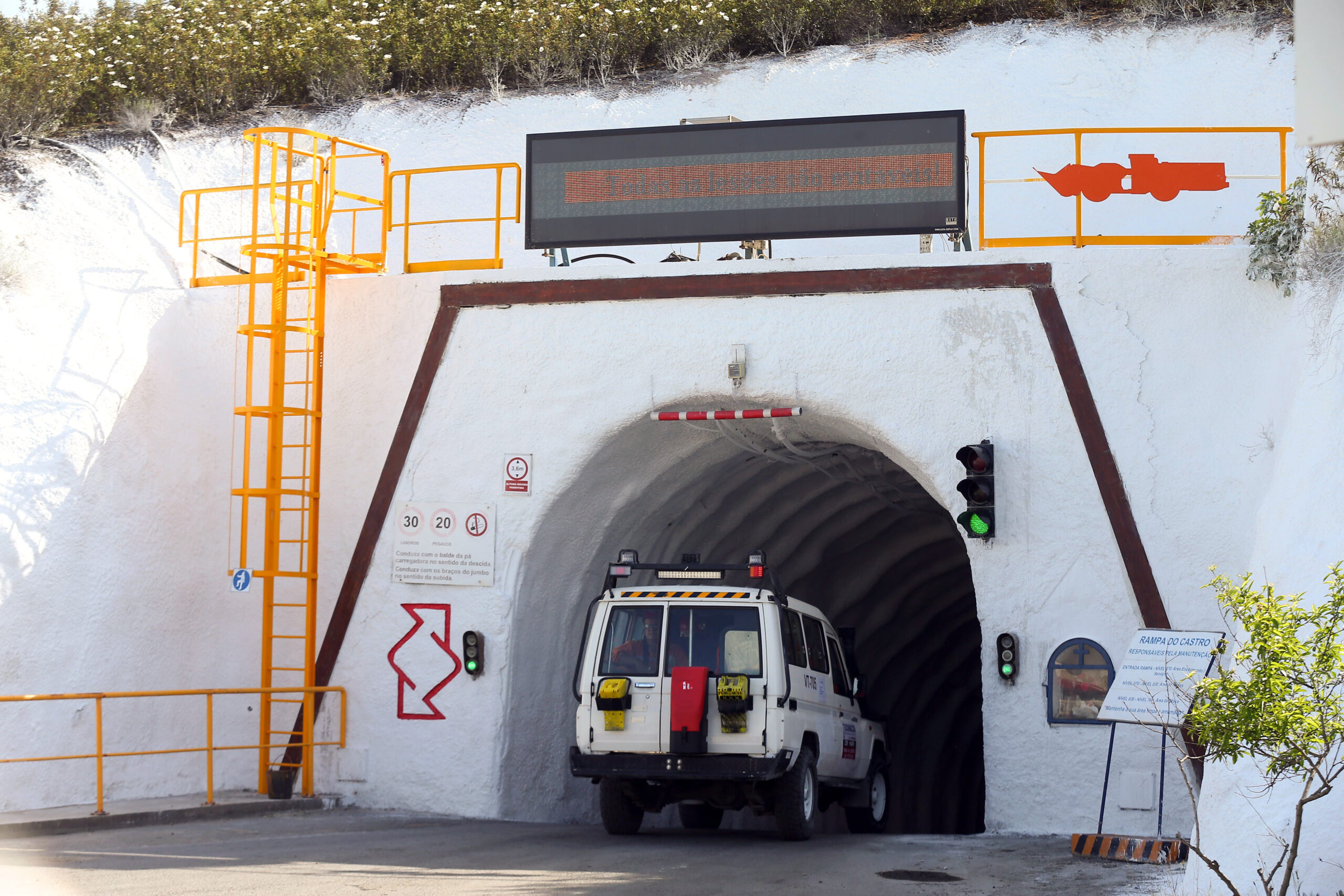
Balancing risks against opportunities is always a difficult call, and it is a problem that ASX listed Middle Island Resources takes very seriously. That is why the company, which was established to develop gold prospects in West Africa, has focused on countries that have an ‘acceptable’ level of sovereign risk, and in which there has been some precedent of successful mining.
The company has made rapid progress since its IPO in December 2010, thanks to its strong portfolio of properties and the very deep and broad experience of its management team, led by MD Rick Yeates, a professional geologist with 30 years of international experience, much of it in West Africa. After periods spent at BHP Billiton, Newmont and Amax, Yeates founded a small consulting and contracting group, RSG, which subsequently grew into RSG Global an international business which was sold to an Australian listed group Coffey Mining in 2006. He remained with Coffey until he took the step of establishing Middle Island in 2010.
Yeates and his team believe that West Africa offers exposure to one of the best-endowed and most prospective gold terrains on earth, where new discoveries continue to be routinely made and new projects are being developed. The rate of discovery right across the Sahel in particular, as opposed to the rain forests to the south, has been enhanced by the application of auger drilling techniques.
Auger drilling is a useful tool for quickly and cheaply collecting geochemical samples from underneath shallow overburden or in places where some surface contamination is suspected. The augers are typically simple petrol engine driven devices mounded at the back of a small trailer or truck, and as such are versatile and easily moved to the optimum site. “They allow rapid assessment of large tracts of prospective terrain,” he says, “defining the saprolite gold response beneath transported or transposed soil and laterite cover.” The Middle Island executive team has been largely responsible for recognising the requirement for this exploration technique, and was responsible for introducing the first fleet of 4x4-mounted auger rigs into West Africa in 2006 to facilitate an impressive increase in the deposit discovery rate.
The three countries in which Middle Island operates, Burkina Faso, Liberia and Niger each have their own particular issues relating conflict and deprivation, however they are generally stable jurisdictions and share the need to develop their resources in order to provide much needed GDP growth. They are mining-friendly countries, and he points out that spreading out operations across different economies itself mitigates the risk to investors. These are also under-explored territories.
Liberia is a case in point. Middle Island’s Nuon River Project, 275 kilometres from the capital Monrovia, is considered to represent one of the most technically prospective gold holdings in West Africa and Yeates believes it could generate in excess of two million ounces of gold. This substantially under-explored region of Liberia may yet prove to host the company’s first significant gold resource, in part because the shallow dip minimises drilling requirements. However it is more expensive to operate there so in view of the current uncertainty in gold prices the focus has shifted to more advanced targets in Burkina Faso and Niger.
The Reo Project in Burkina Faso lies approximately 150km by road west of the capital Ouagadougou and consists of exploration permits in which Middle Island has a 100 percent interest, acquired from Newmont Mining for $2.5 million. The exploration permits collectively cover an area of 1,166 square kilometres. Between 2007 and 2010, gold mineralisation was identified by Newmont at six main prospects, and a further volcanic massive sulphide (VMS) prospect is located to the south-east of the Bissou permit application. A further prospect, Samba, has been identified Middle Island’s own subsequent exploration.
However many may feel that the foothold Middle Island has gained in the Sirba greenstone belt of Niger is of even greater potential. The gold mined at Samira Hill since 2004 has been of strategic importance to the government of Niger, which holds a 20 percent stake in the mine. The company had been developing a number of properties in the vicinity: now it has agreed to buy out the remaining 80 percent of Samira Hill from the Canada’s Semafo for $1.25 million. This is a transformational opportunity for Middle Island, says Yeates, who predicts a life of at least eight years, with production of between 40,000 and 50,000 ounces per annum for the first three years with further upside when the other deposits within Sirba, namely Kirba and Tialkam South, are added. However it is not yet a done deal, as Niger’s state mining company Sopamin has expressed an interest in extending its existing 20 percent to full ownership of Samira Hill.
Despite recent fluctuations in the price of gold, in the longer term it remains very strong, he and his fellow directors are convinced. “You can produce it on site, fly it out in an aeroplane and sell it over the counter. There is no need for expensive infrastructure, railroads, ports and so on.” That creates an ideal situation in Africa’s Savanna belt, where roads are few.
Though headquartered in Perth, Western Australia, Middle Island’s primary operating base is located in Ouagadougou and is supported by small satellite offices in Niamey and Monrovia. Exploration bases and fly camps have also been established at the Reo, Nassilé and Nuon River projects. Middle Island Resources contributes up to five percent of its exploration budget each year to social development initiatives within the communities in which it operates.
This is no mere window dressing: the company insists on projects being sustainable in the long term. They must be developed in close consultation with local communities and be consistent with their priorities. And they must be designed, implemented and managed by an experienced NGO. The first social project in partnership with French NGO, Eau Vive, provided the village of Pouni Nord near the Reo Project in Burkina Faso with drinking water, pumped by solar power. At Koutougou near the Nassilé Project in Niger the company built a school and sanitary facilities as well as a water borehole and further projects followed in Burkina Faso and Liberia.
Written by John O'Hanlon, research by Robert Hodgson



 MiddleIsland-Africa-Mining-Oct13-Bro-s_0.pdf
MiddleIsland-Africa-Mining-Oct13-Bro-s_0.pdf









